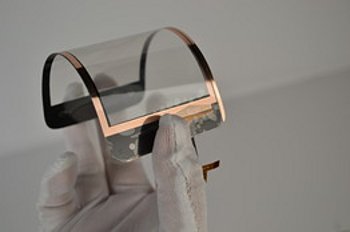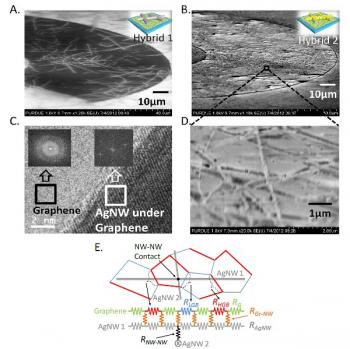China's Powerbooster developed graphene-based flexible touch panels, started mass production?
Powerbooster Technology (based in Shanghai) developed a graphene-based flexible touch-panels for mobile devices. The company says that graphene is cheaper and stronger than ITO (traditionally used for touch panels). The company plans to invest $150 million in the next three years in order to bring their solutions to the market.

Powerbooster is partnering with Bluestone Global Tech to supply them with graphene. They say they already started to produce these touch panels - in fact they claim that they already sell around 2 million touch panels per month, apparently to mid-sized Chinese smartphone makers (this is rather surprising, hopefully we'll learn more soon). They aim to get the first products with their graphene touch screens in the market by the end of 2013.



